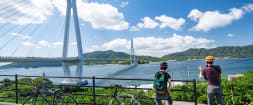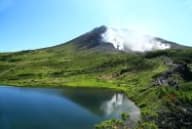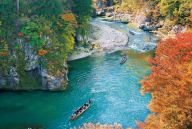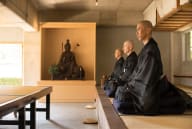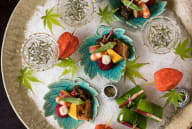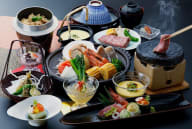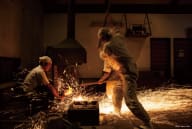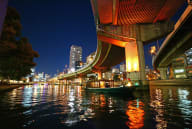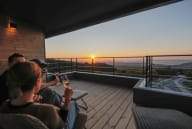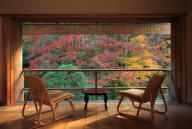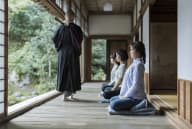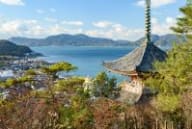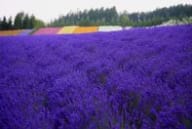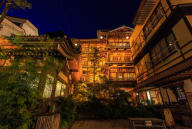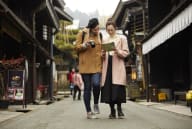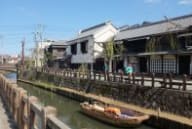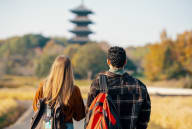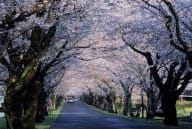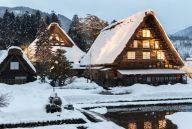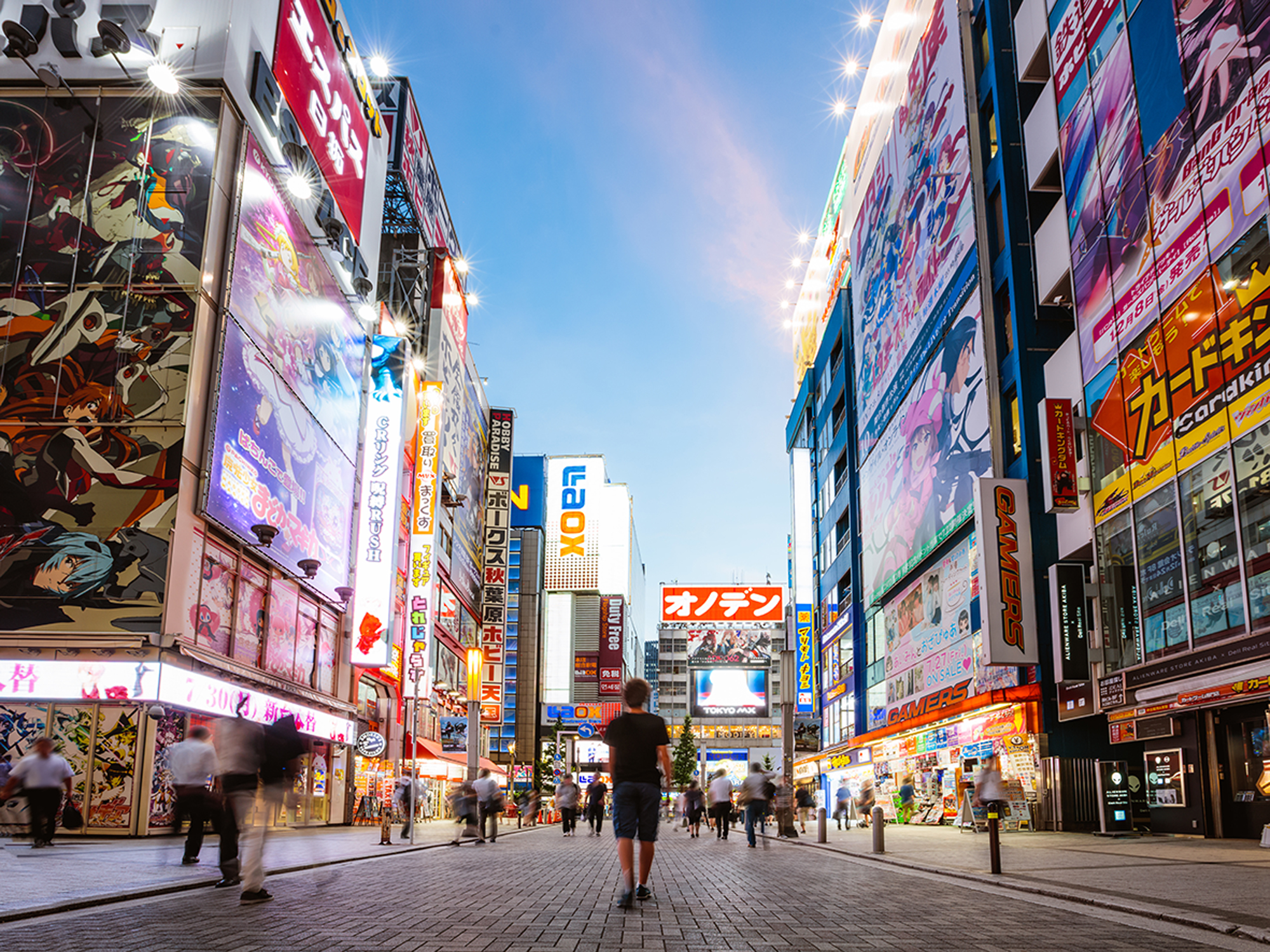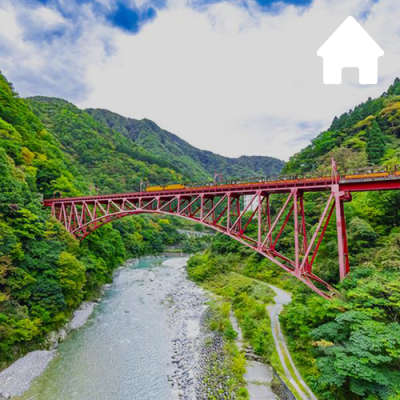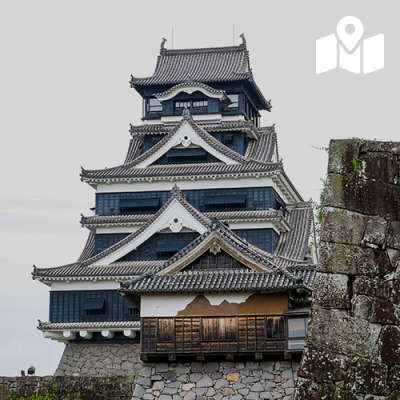-
- 简体中文
- 繁體中文(香港)
- 繁體中文(臺灣)
- India (English)
- Bahasa Indonesia
- 한국어
- ภาษาไทย
- Tiếng Việt
- Singapore (English)
- Philippines (English)
- Malaysia (English)
- Australia/New Zealand (English)
- Français
- Deutsch
- Italiano
- Español
- United Kingdom (English)
- Nordic countries(English)
- Canada (English)
- Canada (Français)
- United States (English)
- Mexico (español)
- Português
- العربية
- Japan(日本語)
- Global (English)
-
Destinations
-
Things to Do
-
Plan Your Trip
-
Articles
- JAPAN Monthly Web Magazine
- Tradition
- Arts & Cultures
- Cuisine
- Nature & Outdoor
- Shopping
- Relaxation
- Festivals & Events
- All
- Insider Blog
- Things to do
- Local Guides
- Outdoor
- Food & drink
- City life
- Culture
- Traditional
- Adventure
- Consumer
- All
Use the
Planning a Trip to Japan?
Share your travel photos with us by hashtagging your images with #visitjapanjp
Hokuriku - Empowering Lives
Whispers of Nature and Heritage
Thisaroj Treerattanawittaya - Thailand

After months of fast-paced city life in Osaka, I began craving something quieter – something green, grounded, and deeply connected to Japan’s roots. One early morning, I packed my bag and boarded a train heading north from Higashi-Umeda Station. I didn’t have a detailed itinerary, just a curiosity to explore beyond the familiar.
As part of my visit, I explored one of the main themes of the 2025 International Exposition, “Empowering Lives,” and discovered how traditional craft experiences not only spark creativity and empower individuals, but also reflect a deep connection between nature and culture.

Heisenji Hakusan Shrine
By early afternoon, I arrived at Heisenji Hakusan Shrine in Fukui Prefecture. Nestled deep in a forest, the shrine felt like a place untouched by time. Thick moss blanketed the stone paths like a soft green carpet. Towering cedar trees surrounded the grounds, filtering sunlight into quiet rays. The air smelled of earth, pine, and fresh rain – calm, cool, and sacred.
Before reaching the main gate, I stopped at the Heisenji History Museum. I was surprised to learn that the shrine was once part of a thriving temple complex central to ancient mountain worship. Knowing this, I walked more slowly, with respect. The atmosphere felt more spiritual than touristic, as if the forest itself was gently watching over each visitor.

Yunokuni no Mori
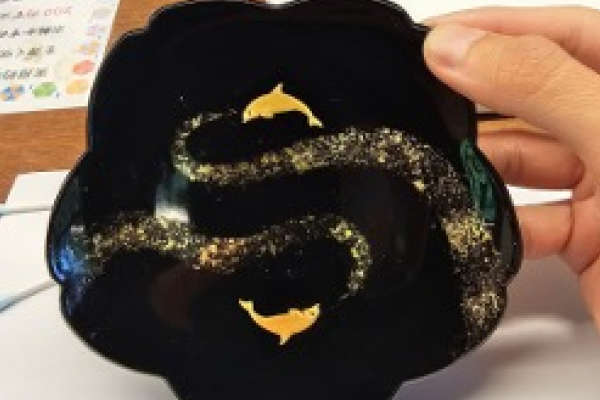
Gold leaf pasting
The next morning, I traveled to Yunokuni no Mori, a living village of traditional crafts.
Each wooden house offered a hands-on experience, and I chose gold leaf pasting.
Under the guidance of a quiet but skilled artisan, I carefully applied ultra-thin sheets of gold to a black lacquer plate. The foil fluttered like air. One wrong move, and it tore.
I’d never imagined how fragile beauty could be, or how satisfying it was to create something with such history behind it.
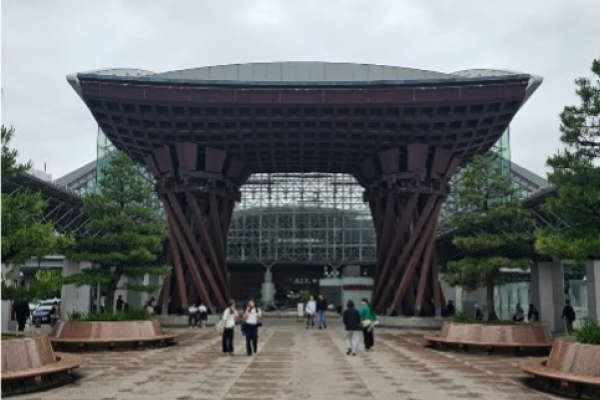
Kanazawa Station

Kanazawa Castle

Kenrokuen Garden
In the afternoon, I made my way to Kanazawa. Kenrokuen Garden, one of the Three Great Gardens of Japan, was even more serene than I expected. Winding paths led to ponds with koi fish, while sculpted pine trees stood like frozen dancers. Just across the street stood Kanazawa Castle, with white stone walls glowing in the afternoon sun. I lingered there, taking it all in.

①Fukui Station
②Kyouryukeikoku Katsuyama
③Heisenji Hakusan Shrine
④Traditional Handicrafts Village Yunokuni no Mori
⑤Kanazawa
⑥Nousaku Casting Workshop
⑦Gujo Hachiman
-
About the author
Author: Thisaroj Treerattanawittaya
Profile: Thisaroj Treerattanawittaya is from Thailand. He works for the Tourism Authority of Thailand, specializing in human resources. In his free time, he enjoys hiking and eating.
Navigation
- Home
- Expo 2025
- TRAVEL BLOG
- Whispers of Nature and Heritage














